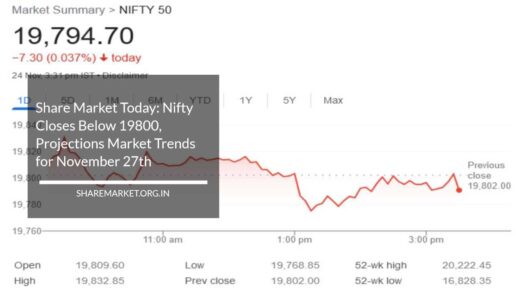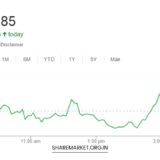What Are the Disadvantages of Investing in Gold?

Navigating the Pitfalls of Gold Investments: A Comprehensive Exploration of Disadvantages
Gold, often revered as a symbol of opulence and stability, has been a traditional investment choice for Indians across generations. However, behind the glittering façade lie significant drawbacks that demand careful consideration.
In this in-depth analysis, we delve into the multifaceted disadvantages associated with investing in gold, shedding light on aspects ranging from the pitfalls of gold jewelry and coins to the complexities of Gold Exchange-Traded Funds (ETFs) and the broader impact of international gold prices.
1. The Deceptive Appeal of Gold Jewelry:
Investing in gold jewelry is a practice deeply embedded in cultural and familial traditions. Yet, the inherent flaws in this approach become apparent upon closer scrutiny.
When purchasing gold jewelry, investors not only pay for the intrinsic gold content but also shoulder additional costs such as making charges and wastage fees.
These supplementary expenses, often overlooked in the allure of adornment, significantly diminish the returns when the time comes to sell.
Compounding this issue, most jewelry is crafted from 20-carat gold, but sellers often offer prices equivalent to 22-karat gold, leaving investors at a disadvantage.
2. Gold Coins and Bars: A Less Liquid Option:
Another avenue for gold investment involves the acquisition of gold coins or bars. While these physical forms offer tangible ownership, they come with their own set of drawbacks.
The resale value of gold coins or bars may be lower, and a notable constraint is the reluctance of banks to repurchase these assets.
This lack of liquidity can be a critical drawback for investors seeking flexibility in managing their portfolios, highlighting the need for a well-rounded investment strategy.
3. Gold ETFs: Convenience at a Cost:
Gold Exchange-Traded Funds (ETFs) have gained popularity as a more convenient way to invest in gold without the encumbrances of physical possession.
However, this convenience comes at a cost. Investing in gold ETFs entails management fees and brokerage costs that can erode returns over time, making them less cost-effective compared to holding physical gold. Investors should weigh the benefits of convenience against the potential financial impact of these additional expenses.
4. Lack of Regular Income:
In stark contrast to other investment options such as real estate, shares, and mutual funds, gold investments do not generate regular income.
The absence of dividends or rental income makes gold a less attractive choice for those seeking a steady cash flow from their investments.
This limitation necessitates a strategic approach to portfolio diversification to balance the potential appreciation of gold with the income-generating capabilities of other assets.
5. Risk and Security Challenges:
Holding physical gold introduces a unique set of risks and security challenges. Storing gold at home poses the constant threat of theft, while safeguarding it in a bank locker requires additional expenses such as fixed deposit requirements and annual locker rent.
The inconvenience and potential costs associated with securing physical gold may discourage individuals from considering it as a preferred investment vehicle, emphasizing the importance of evaluating the practicalities involved in gold ownership.
6. Emotional Attachment and Investment Bias:
A prevalent sentiment among Indians is an emotional attachment to gold, viewing it as a tangible refuge during challenging times.
While this emotional connection fosters a sense of security, it can also lead to biased investment decisions driven more by sentiment than a rational assessment of potential returns.
Balancing the emotional comfort derived from gold investments with a pragmatic evaluation of its drawbacks is crucial for maintaining a well-informed and diversified portfolio.
7. International Factors and Global Impact:
The value of gold in India is intricately linked to global factors, creating a dynamic landscape influenced by the international bull market, economic conditions, and political stability worldwide.
Notably, the strength of the US dollar plays a pivotal role in determining gold prices. When the dollar strengthens, gold prices tend to fall, highlighting the interconnectedness of global events and their impact on domestic gold investments.
Investors must stay vigilant and well-informed about these international dynamics to navigate the volatility inherent in gold markets.
In conclusion, while gold remains a symbol of prosperity and cultural significance in India, it is imperative for investors to be cognizant of the potential disadvantages associated with this age-old investment choice.
From the deceptive allure of gold jewelry to the liquidity challenges of gold coins and the complexities of gold ETFs, each avenue has its own set of drawbacks.
A comprehensive understanding of these disadvantages is vital for making informed investment decisions that align with financial goals and risk tolerance.
Diversification and a nuanced approach to portfolio management are key, ensuring that the allure of gold is balanced with a pragmatic evaluation of its drawbacks.

















